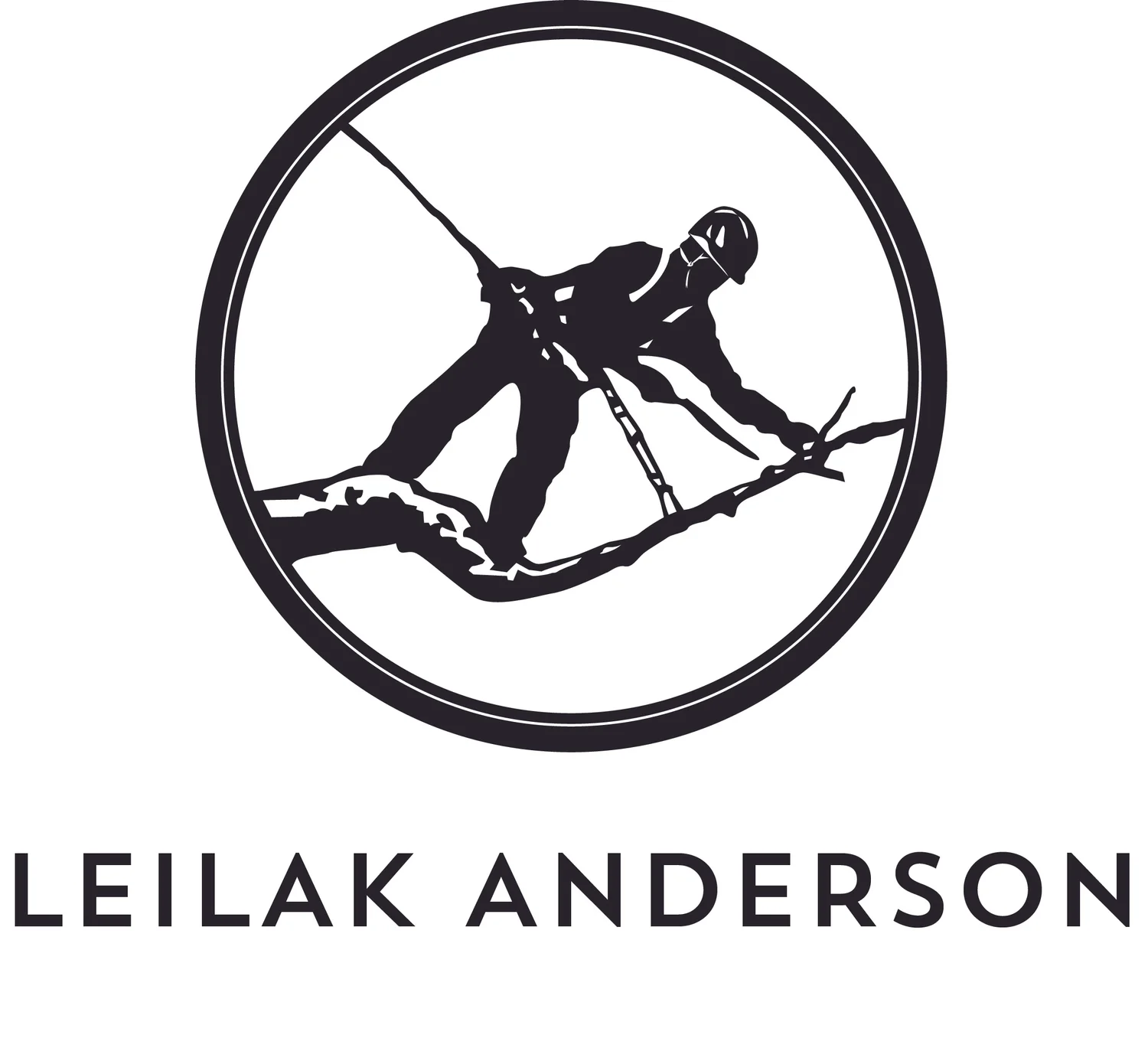This winter hasn’t been particularly nasty, but we’ve had some small ice storms and heavy snow dumps that caused damage to trees. If you have a tree that’s been damaged and is close to buildings, property, or pedestrian traffic, then it's worthwhile to do a tree-risk assessment.
Take a good look at the tree. If more than half of the crown is unharmed and you see that the major limbs and branches are in good shape, the tree will likely have a total recovery.
By law, only Hydro-Québec is allowed to perform any work that might require a person or a tool to come within three metres of a medium-voltage line. Let Hydro-Québec do the dangerous tree trimming.
DO NOT use a ladder or an overhead chainsaw to remove damaged limbs. This is when the majority of homeowner accidents happen. Watch a few Youtube videos if you want proof! If you can’t reach the limb or it’s too large for a handsaw, you should call a professional.
Remove broken branches that are still attached and in your reach. (See the illustration below for proper pruning with a handsaw: note the order of cut, and avoid the raised collar of the branch where it meets the trunk).
Trim back torn and jagged pieces of bark with a sharp knife, taking care to avoid cutting into living tissue. Getting rid of torn and broken wood tissue minimizes the risk of decay agents entering wound.
Don’t apply wound dressings, and don’t fill cracks/cavities. Wound dressings are a myth: they don’t stop decay, prevent insect entry, or help “heal” the wound. In fact, they can slow wound closure and create more problems.
Uprooted trees are sometimes removed unnecessarily -- they can often be saved if stood up by a professional. But these trees are particularly dangerous when left uprooted: the high tension of the roots still in the ground can cause the tree to snap back on people or animals.


